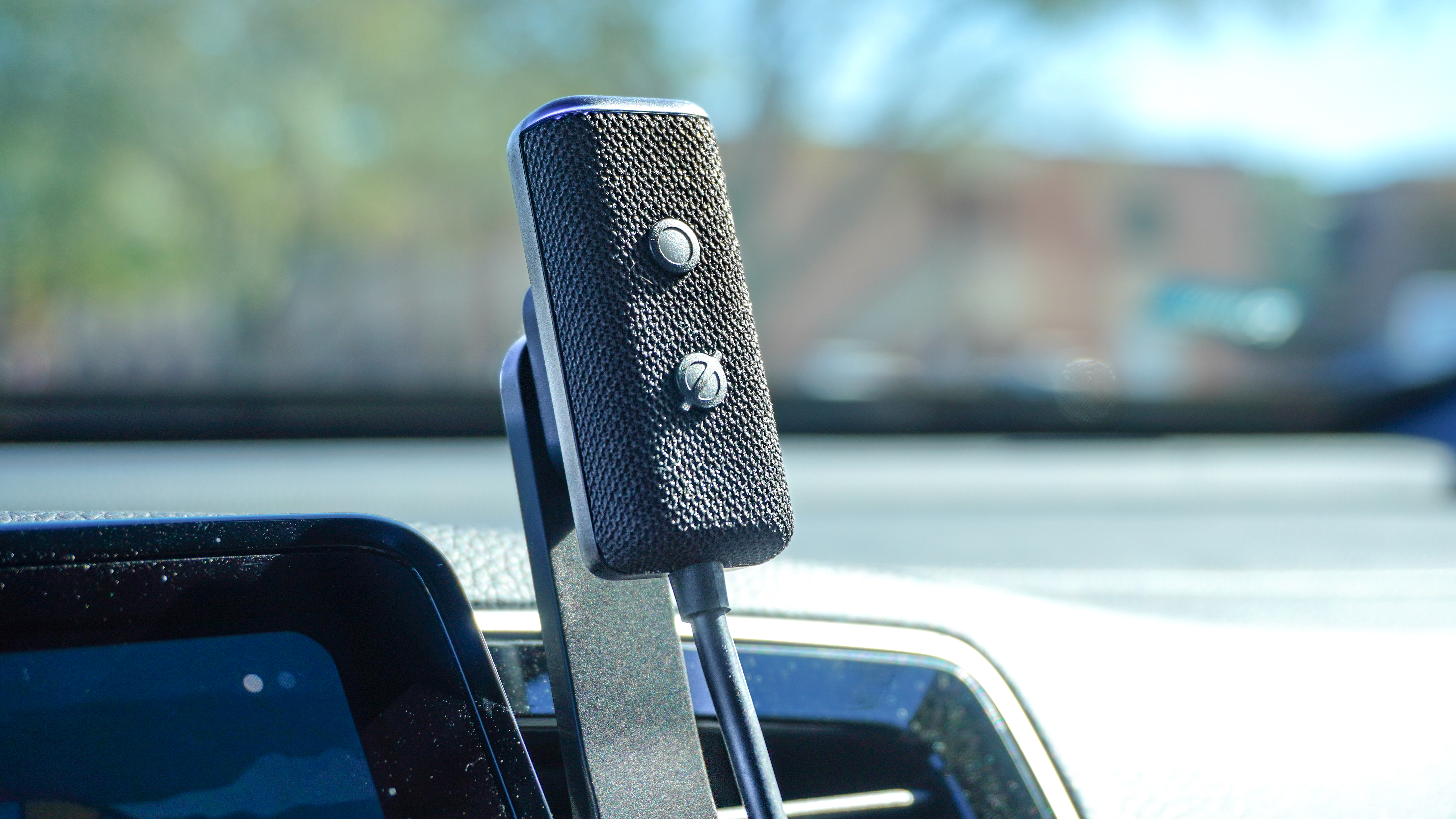How to attract birds into your garden this winter
Want to see more birds in your garden this winter? Read this first
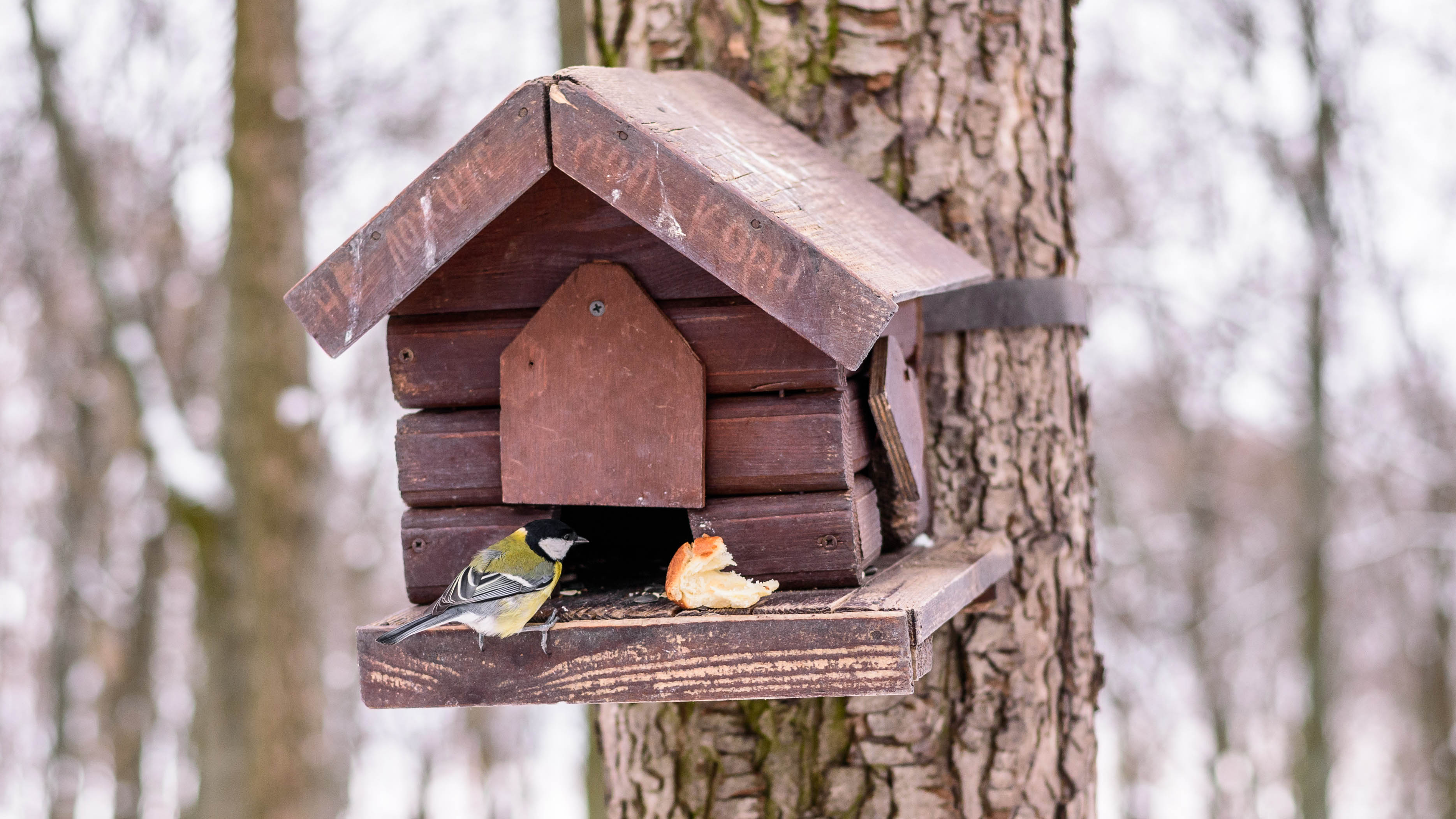
There’s nothing quite so peaceful as watching birds frequent your garden. Birds of all shapes and sizes can pay a visit to grab a meal, have a drink and even roost. However, it’s well known that during the winter months, the conditions aren’t so favorable. Food is harder to find and fresh water can freeze over. Consequently, your garden birds may need a helping hand to get through to the warmer months.
If you’re keen to encourage more birds into your garden and help them out this winter, we’ve rounded up seven top tips to make your yard a hotspot for your feathered friends. We cover everything from best feeding practices, to deterrents you may not know. By the time you’ve made the following changes, you will be surprised by how many visitors you get. Here’s how you can attract birds into your garden this winter.
Plus, be sure to check out these ways to attract hummingbirds in your yard too.
1. Homemade fat balls
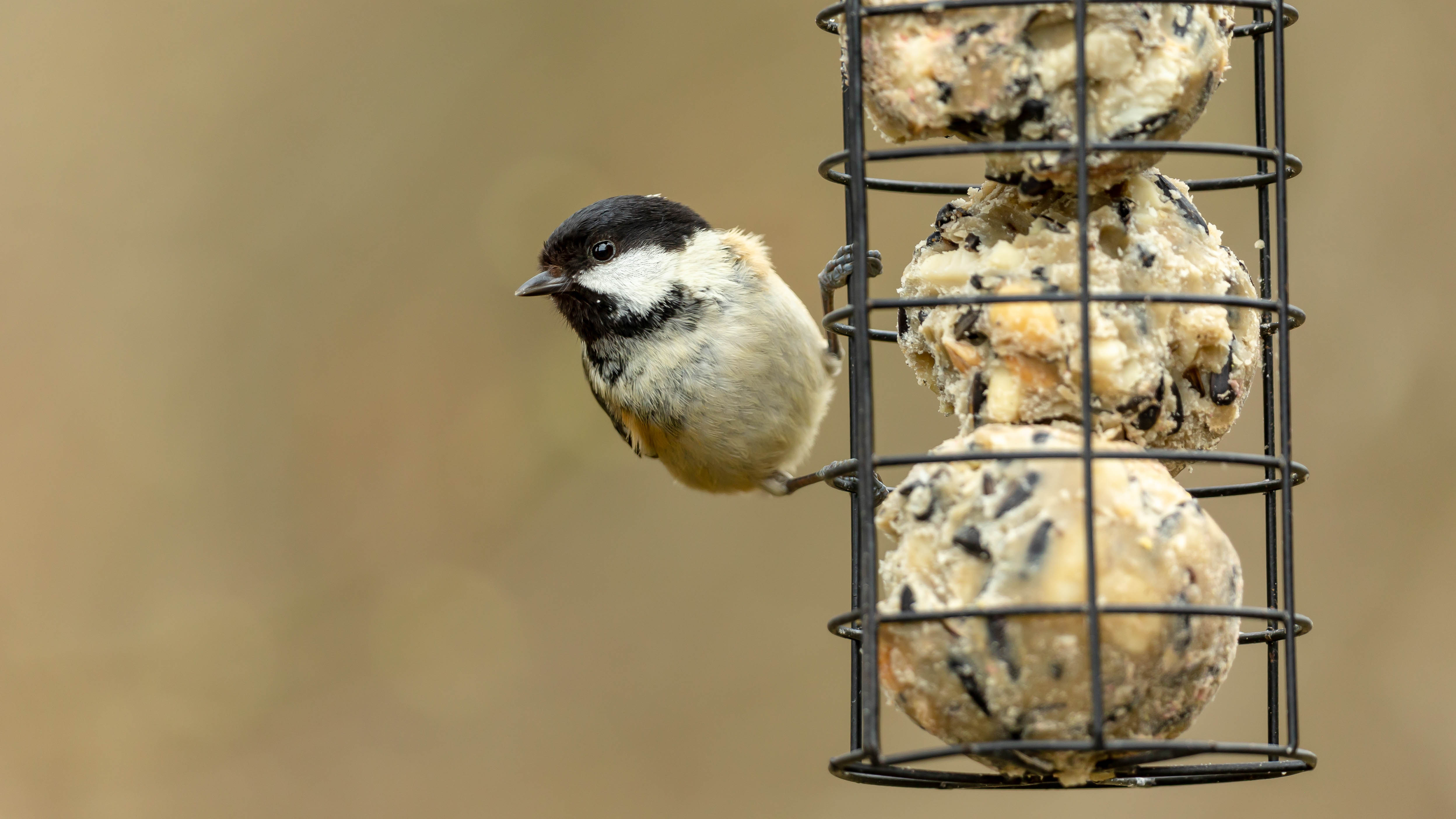
First, make sure you’re choosing the right foods. During the colder months, foods which are high in fat and protein are ideal for giving birds the energy they’re lacking. Homemade fat balls are a popular option for this reason. These are often made from a combination of suet or lard, nuts and seeds, and they can either hang from branches independently, or sit within a bird feeder. You can get creative when you mix up your fat balls, although make sure the ingredients you use are safe for birds to ingest. For instance, cooking fats should be avoided as this can coat the feathers and impair flight.
There are plenty of other options if you don’t want to stop at fat balls. And the more you try, the more birds you can attract. For instance, Woodpeckers and American Robins love mealworms, while House Finches and Jays love black sunflower seeds. Mixed seeds are always a safe bet for all kinds of species. If you want a fatty alternative to fat balls, unsalted peanut butter is another option. You can buy specific feeders for this, such as the Kettle Moraine Peanut Butter Bird Feeder ($16.50, Amazon), although make sure you stick to unsalted — salt can be harmful to birds. For more information, see feeding birds in winter — top tips and what to avoid.
Whatever you do, "make sure anything you feed them is constantly stocked up," says Ian David Nutt, MSc Applied Animal Behavior & Animal Welfare. "Once you run out, they'll go somewhere else, but if they know there's a reliable supply, they'll start to rely on it, and they will learn from each other too."
2. Strategically place your feeders
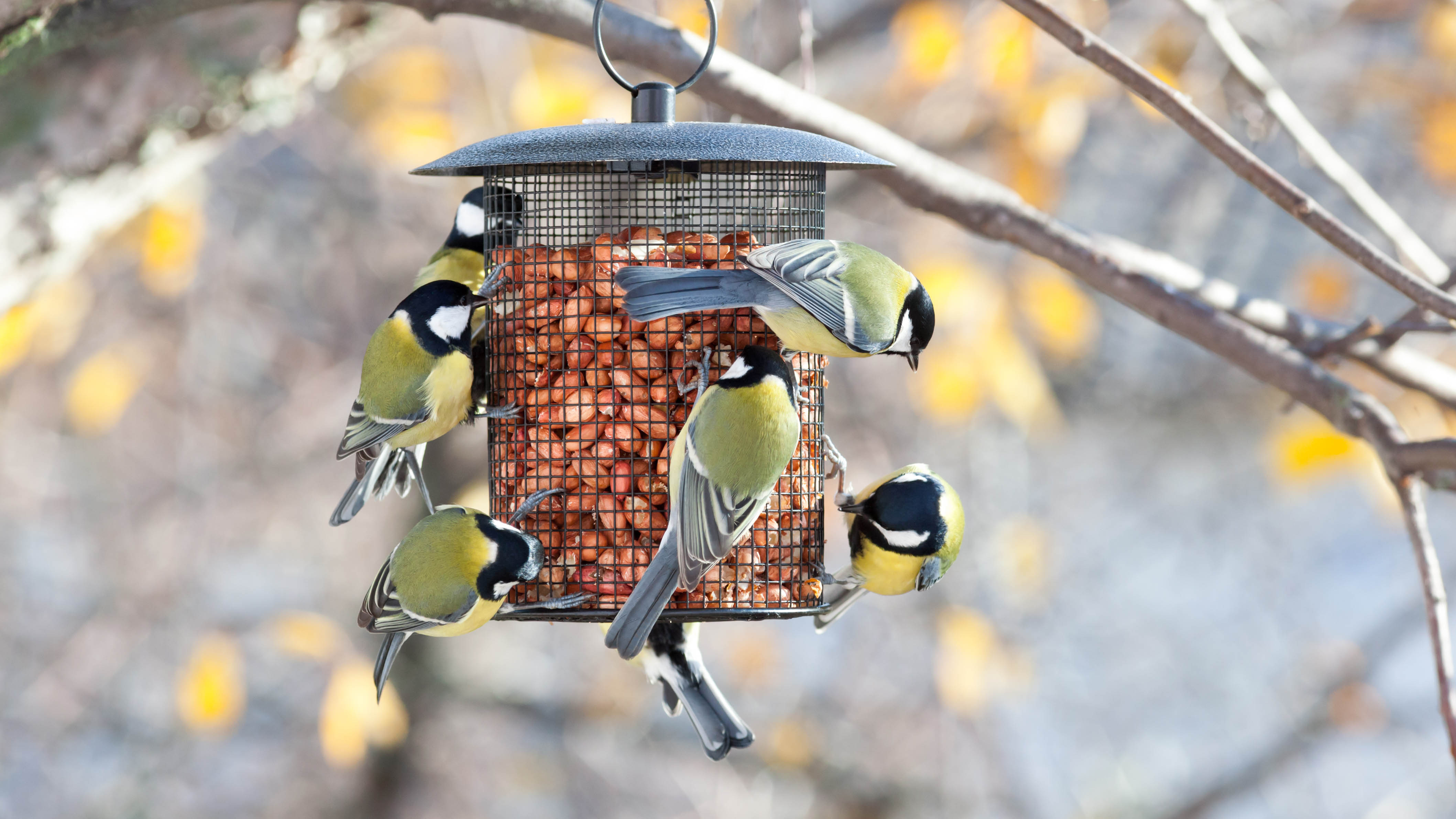
The more feeders you have, the more likely birds will visit. However, the placement of your feeders is just as integral. Birds like to feel safe when they feed, which means the feeder ideally needs to be located near to or within a sheltered and protected habitat. Trees and hedges make for great shelters — they give the birds refuge should predators approach. If your feeder is too exposed, this could explain why birds are steering clear. Keep your feeders a sufficient distance from windows as well to prevent accidents, and hang them at various heights to suit different species.
Get instant access to breaking news, the hottest reviews, great deals and helpful tips.
At the same time, consider how the positioning could attract unwelcome visitors. Some of us might find squirrels adorable, but they can quickly turn into pests when they destroy the bird feeders. You will need to hang your feeders a good distance from branches (at least 10 feet) to deter squirrels. It can also be useful to invest in a squirrel-proof feeder, such as the Droll Yankees YF-M Yankee Flipper Squirrel-Proof Bird Feeder ($149.61, Amazon). A cheaper alternative would be buying a baffle which can be attached to the pole of ground feeders.
3. Defrost the bird bath
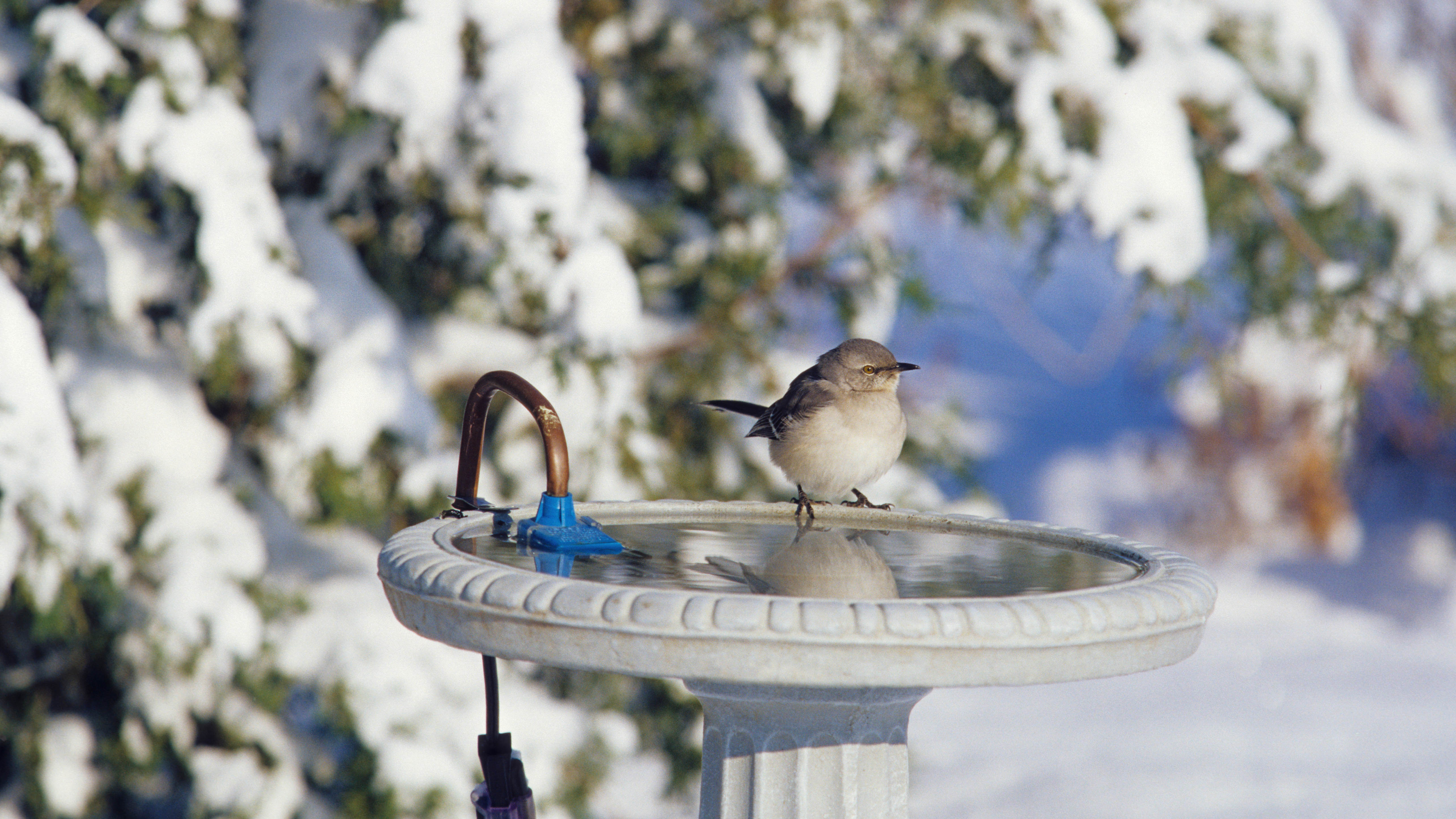
Birds always need fresh water to stay hydrated, and this can be particularly hard to find in the winter months. As soon as the temperature drops low enough, fresh water reserves will freeze over, preventing easy access. Make sure your bird bath is defrosted daily and provides ongoing shallow, fresh and clean water. A heated bird bath can help keep on top of this, such as the Potey Heated Bird Bath ($49.99, Amazon).
Remember to clean your bird bath regularly as well. With all sorts of residue landing in it, germs and bacteria can accrue quickly, potentially spreading disease to your birds. Add to that, dirty and contaminated water can attract pests to your yard, so keep on top of this chore. You should clean your bird bath every few weeks for guidance.
4. Give them somewhere to roost
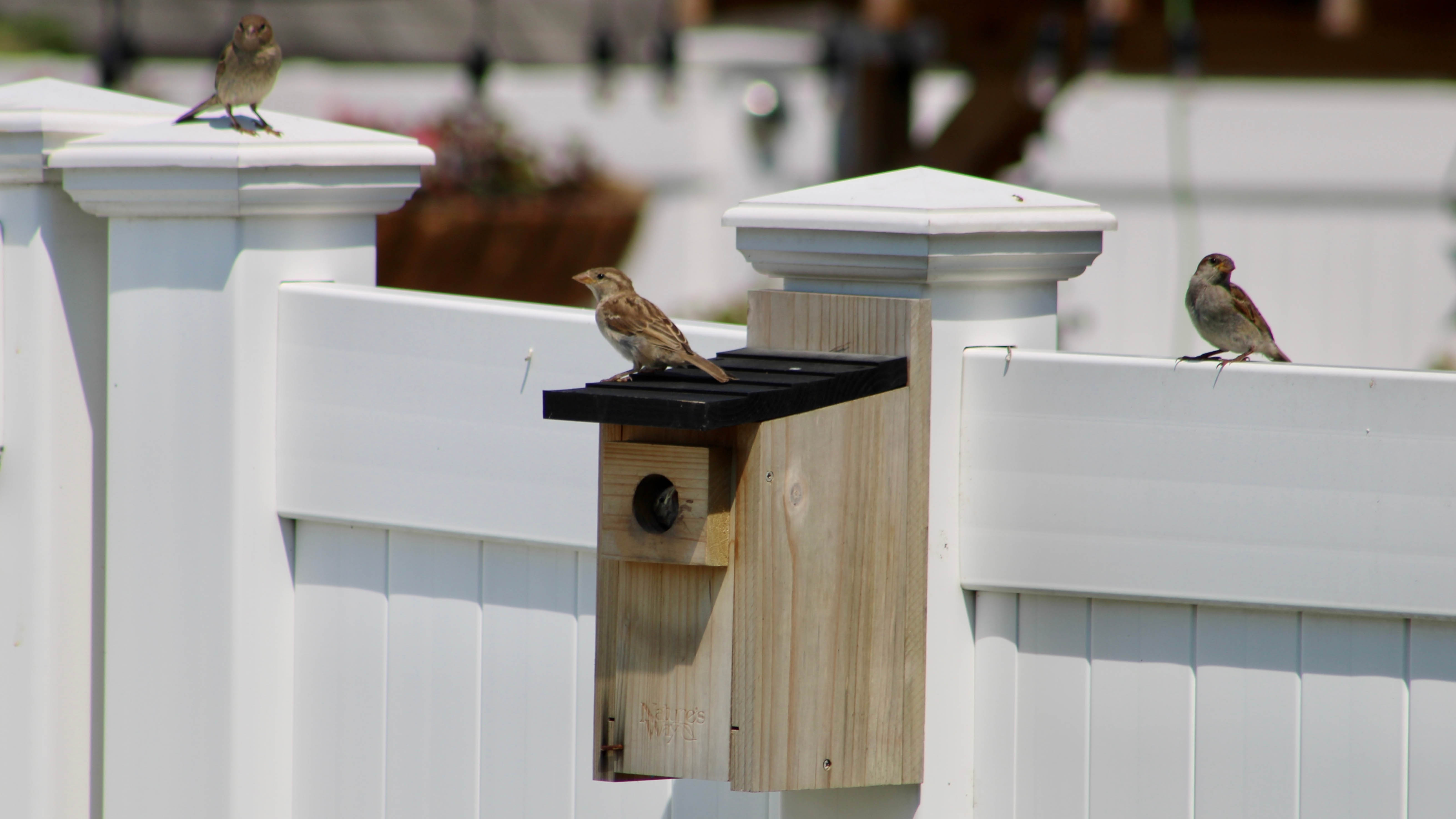
During the winter months, the conditions aren’t exactly favorable to birds. It’s cold, windy and dark for much of the day. You can provide shelter for your birds in the form of a roosting box or cave though, such as the Wildlife World Simon King Secret Nester Bird Habitat Roosting Pocket ($28.74, Amazon). This will give your birds somewhere to rest regularly — they might even keep coming back. Just remember that placement will be key here as well. Birds aren’t going to frequent a roosting box if it’s open to the elements or in a spot that’s easily accessible for predators.
5. Keep predators at bay
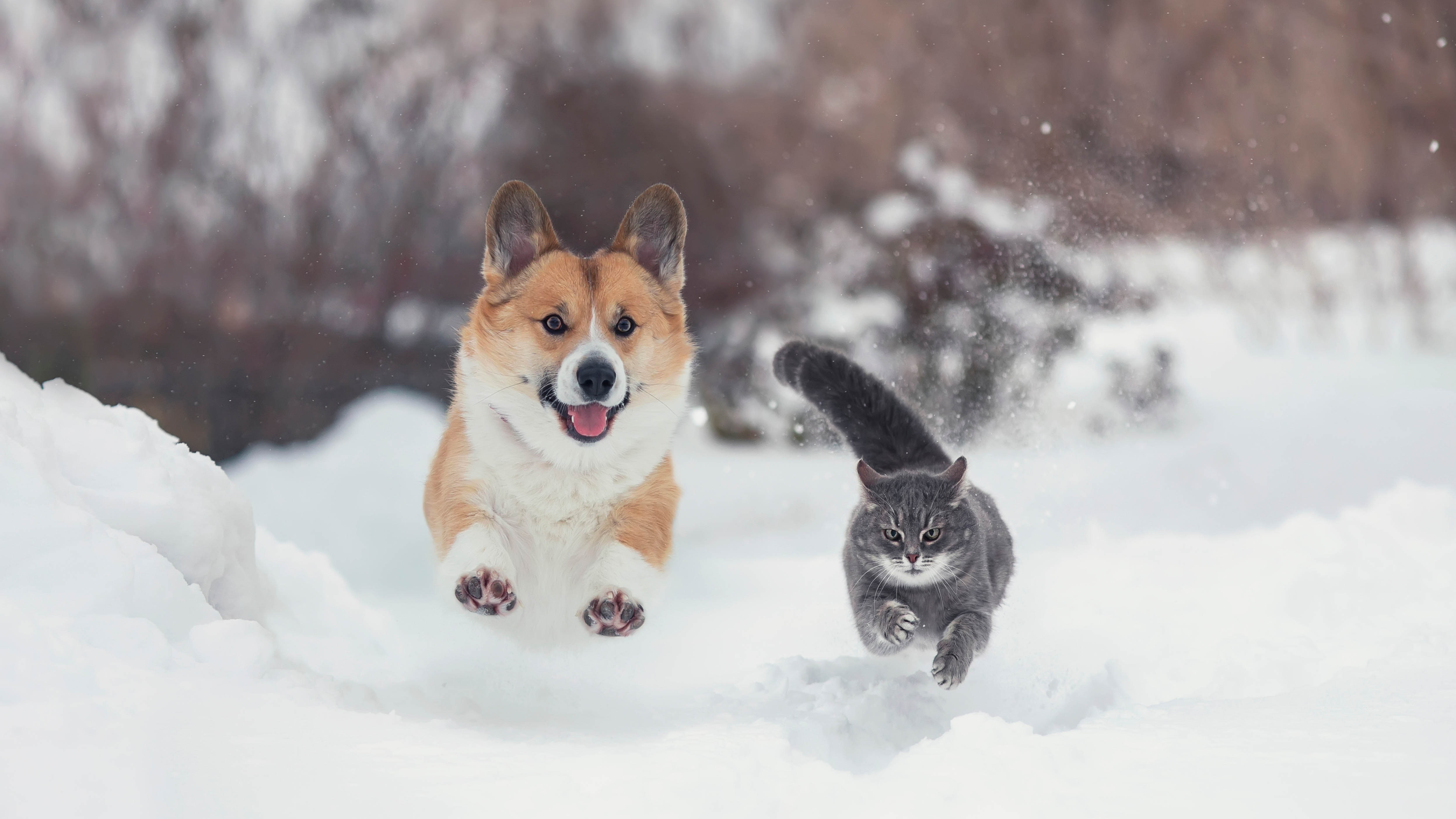
Any predators will naturally keep birds at a distance. So, if you’ve got a cat regularly roaming the garden, your odds of seeing birds will be massively reduced. Dogs can be a natural deterrent as well; in fact, sudden moves in general will keep birds from landing and relaxing in your yard. You need a peaceful environment to attract birds, and this won’t happen where there's a lot of noise and activity.
Try to get into a routine of keeping your pets out of the yard at a certain time, say first thing in the mornings. This gives the birds a chance to enjoy the space without fear for predators. And by making this a regular habit, the birds will soon learn and adapt.
6. Keep your feeders clean
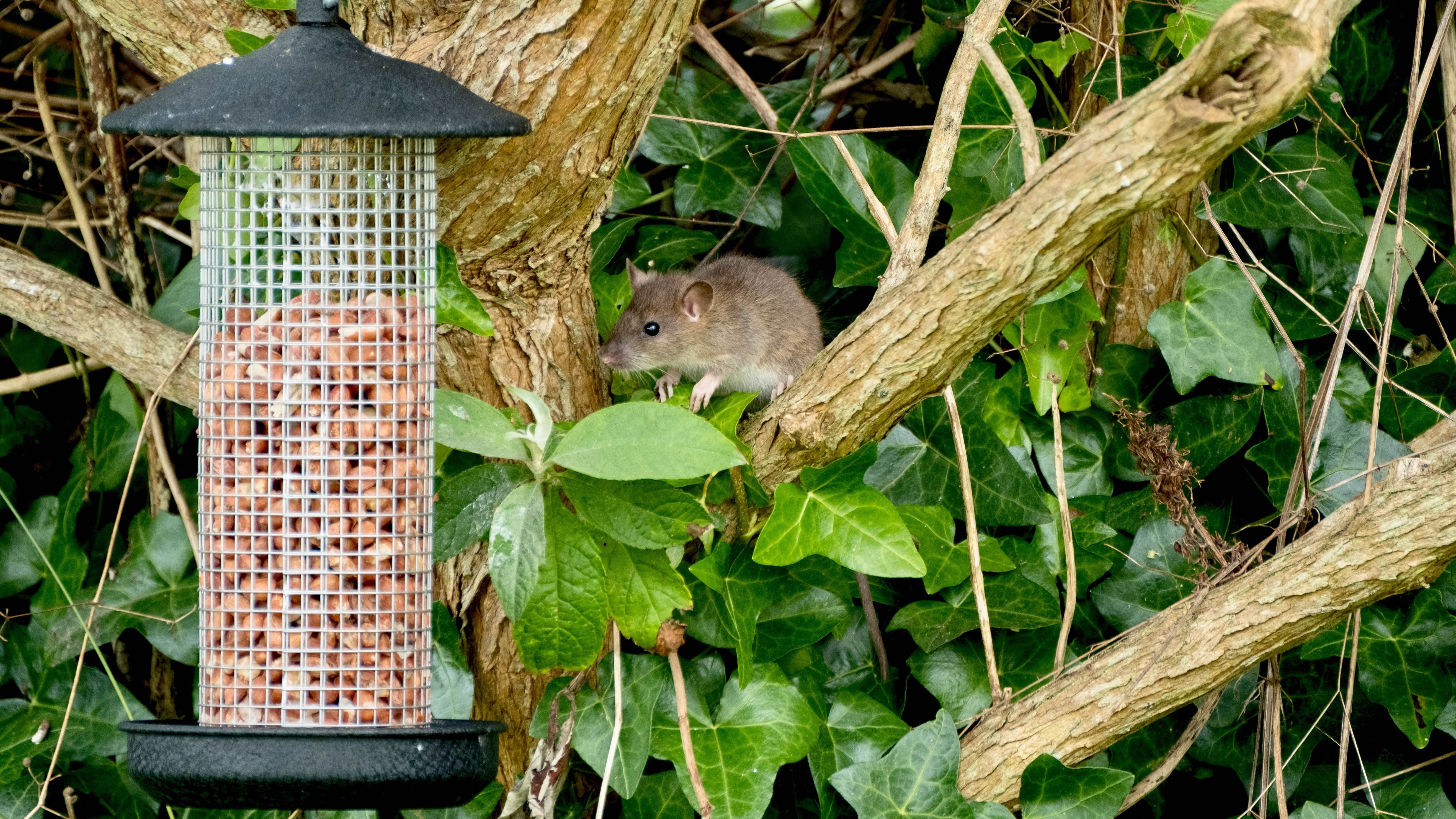
It’s all well and good supplying plenty of food for the birds, but if the feeders go uncleaned, bacteria will have the chance to build up within. Eventually this can spread disease and do more harm than good, so you need to clean these tools regularly. Clean your feeders every couple of weeks with soapy water, then soak in a solution of 9 parts water to one part bleach to disinfect. Scrub away any residue where necessary, rinse and let it dry out completely before replacing.
You should throw away any old, uneaten food while you're here as well. This can grow moldy if exposed to rain and can end up attracting unwelcome pests to your garden, such as rats and mice. Replace your bird food at least once a week for general guidance and remove any which may have spilled on the ground.
7. Rise and watch early

Birds tend to be more active first thing in the morning — that's why we always associate bird songs with the dawn. If you want the best chance of seeing which species are visiting your yard, you need to wake up with them. The good news is that the birds are actually easier to see at this time of year, because the leaves have fallen, making your feathered friends more exposed.
Just remember to keep still and make little to no noise as you watch. If this is the first morning after you’ve made some of the above changes, keep in mind that it may take time for birds to discover and revisit your garden, so have patience.
Be sure to check out how to get rid of squirrels, how to get rid of lawn grubs and how to watch birds using a security camera and a smart display. You might also be interested in 5 plants to attract butterflies and other pollinators into your yard.

Katie Mortram used to be a Homes Editor for Tom's Guide, where she oversaw everything from kitchen appliances to gardening tools, as well as smart home tech. Specializing in providing expert advice for cleaning and home manintenance, she now works as Household Advice Editor for Good Housekeeping.
